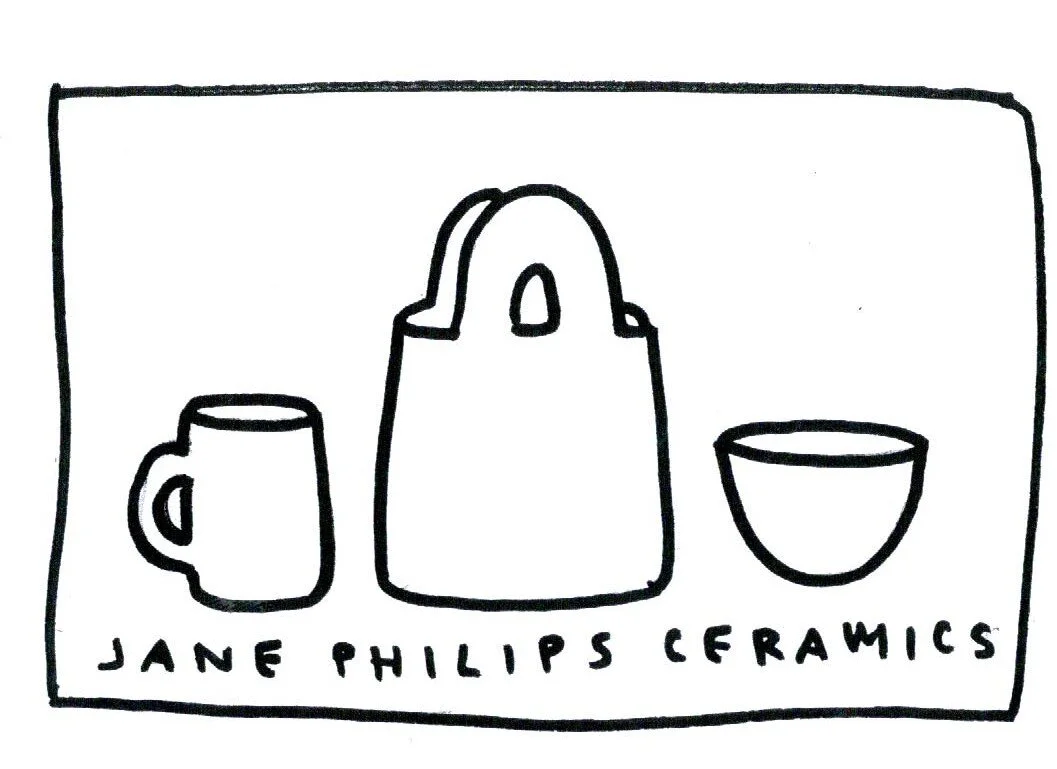JANE PHILIPS CERAMICS
About Wood-fired Ceramics:
These pieces are the result of a process that doesn’t fit easily into words. In part it is a dance between elements, entities, time, space, and heat, in a fluid yet inconsistent dynamic that ensures that no two firings are the same and no two pieces are the same. Each relationship in the dynamic plays a part and everything is in relationship with everything else. The permutations then, are endless (or seemingly so).
By a different explanation, its a story of cooperation. Of everything being just so. The wood being wet enough to create a mineral rich atmosphere yet dry enough to burn hot, the pots being arranged to slow the flame in some places and create turbulence in others, ten or so people scheduling to make sure someone is there, around the clock, for 7 to 8 days. It too then, is a story of time and effort and community. Besides the actual creation of the pieces (and the clays and glazes they are made from), days, mornings, afternoons and weekends are spent splitting and stacking 9 cords of wood. After taking two days to load the kiln, placing hundreds of pieces and building up shelves in such a way as to have the flame move through the kiln with just the right amount of velocity, the firing actually begins. Starting slow so as to allow for the interior bricks to heat evenly, the fire remains outside the kiln for 4 or so days, being tended around the clock. Once the fire moves in, the temperature increases quickly, but even if everything goes smoothly (it rarely does) it will be 48 to 72 hours more before the kiln has reached temperature. It is at this point that everything comes together (or doesn’t). The surface of the clay becomes tacky, the ash deposited on the pots melts into the glassy surface we call glaze, the minerals on the clay surface interacts with the elements in the atmosphere of the kiln creating patterns on the pots as the flame moves past them. And then, often unceremoniously, its over. Sometimes a day is spent helping the kiln to cool very slowly, though sometimes not. Then its simply left for a week to 10 days. If opened too early pots might crack from the heat stress or shoes will melt to the floor.
The anticipation of unloading can be unbearable, followed by equal parts excitement and disappointment. In a good firing about two thirds of the pots are sell-able, as many acquire flaws during the long, somewhat unpredictable and sometimes tumultuous process, other times many more are lost to the elements. You never quite know what you are going to get.












